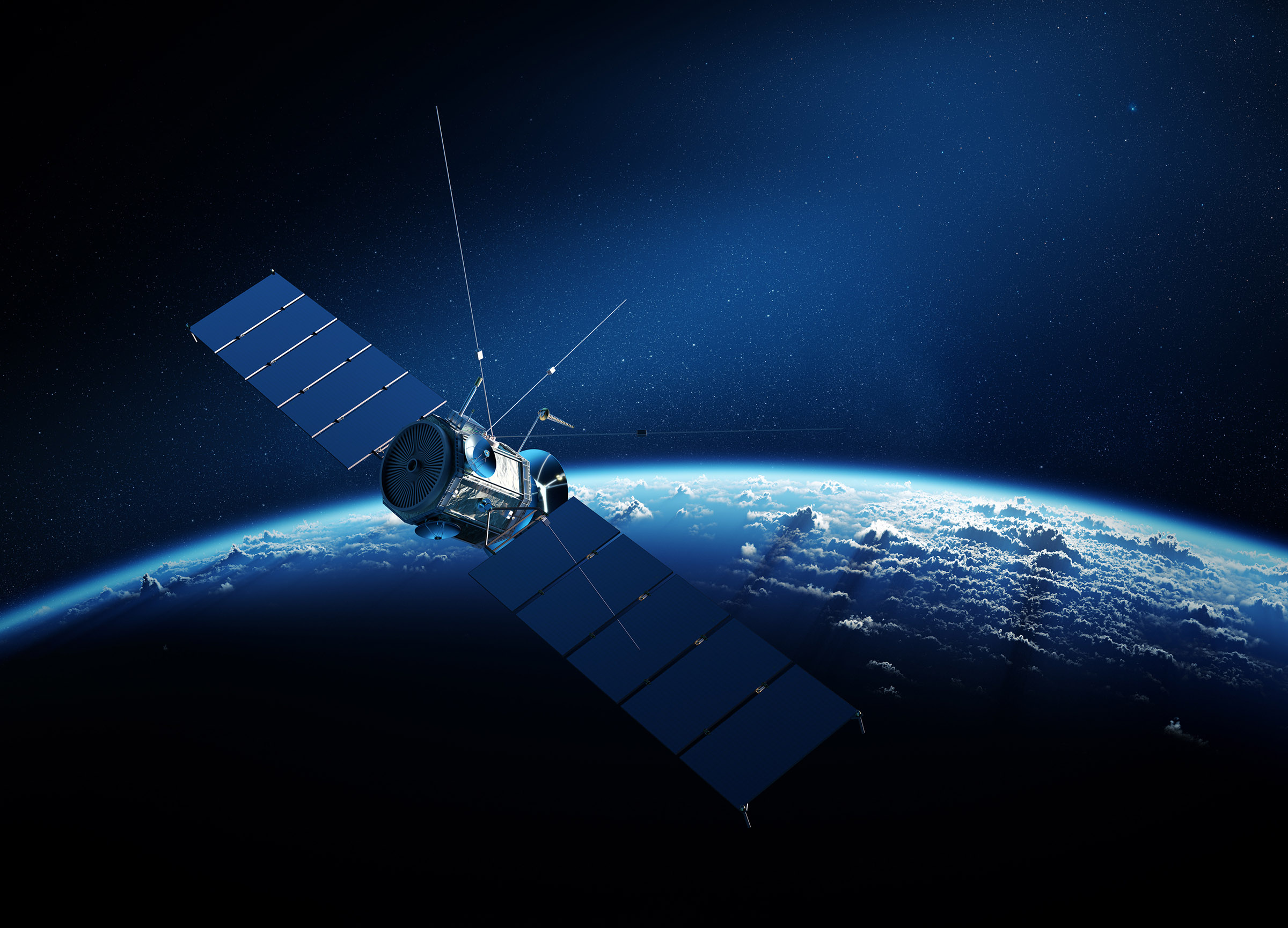NASA has called it quits on a space mission that could have revolutionized the way we handle satellites after they run out of fuel. The satellite refueling mission, On-orbit Servicing, Assembly, and Manufactury 1 (OSAM-1), has been in development since 2016. However, after multiple delays and soaring budget issues, NASA has retired the project altogether.
The death of OSAM-1 before its completion is a huge disappointment for sure. But, there really wasn’t any other option for the U.S.-based space agency. NASA shared the news of OSAM-1’s discontinuation in a short post at the start of the month.
While the death of this satellite refueling mission leaves a gap in NASA’s ongoing missions, hopefully, the move will give the agency a chance to recover and figure out a better route for refueling satellites. Despite having almost ten years under its belt, development on OSAM-1 was far from finished. And the cost of the program continued to skyrocket as time went on.

Thus far, the spacecraft from the OSAM-1 mission was only partially built, and the growing costs were enough reason for an independent project review to call it into question. Originally, OSAM-1 was only meant to refuel satellites already in orbit. However, in 2020, NASA expanded the mission, adding on a complex piece of equipment that would allow for in-orbit assembly.
Obviously, adding in big changes like that can cause some delays, and while the mission continued to receive support from Congress, the overall project would likely have cost more than $2.35 billion to complete. When it was originally proposed, NASA only asked for $808 million to fund the project.
Whether mishaps with the management or just the rising cost of building spacecraft were at the heart of the ongoing issues with OSAM-1 is unclear. What we do know is that NASA’s massive satellite refueling mission is dead in the water now, and it will be interesting to see what the agency does from here.
